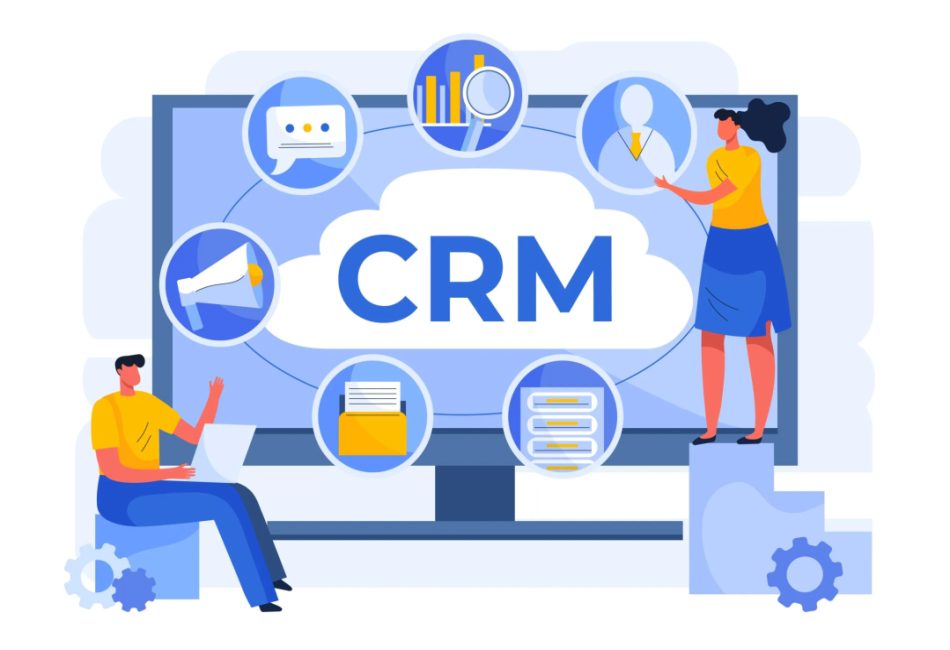Customer retention has become the lifeblood of modern business strategy. In an era where competition is fierce, and customers have endless options, holding on to existing customers is far more profitable and sustainable than constantly acquiring new ones. Two critical tools that help businesses achieve this are Customer Relationship Management (CRM) systems and loyalty programs. While CRM systems focus on gathering and analyzing customer data to understand behavior and preferences, loyalty programs offer customers tangible rewards to encourage repeat business. When these two systems work together, they create a seamless, personalized experience that not only increases retention but also strengthens customer relationships.
1. Unified Customer Data for Better Insights
One of the most valuable outcomes of integrating CRM and loyalty programs is the ability to centralize customer data. A CRM system acts as a repository for all customer information, from basic details like names and email addresses to more complex data such as purchase history, browsing patterns, and past interactions with customer service. Meanwhile, loyalty programs contribute behavioral data, such as how often customers shop, the types of rewards they prefer, and how they redeem their points.
When combined, these two tools provide a 360-degree view of the customer. For example, a CRM system might reveal that a particular customer consistently shops during holiday sales, while the loyalty program might show that they always redeem points for travel-related rewards. This unified data allows businesses to understand their customers deeply and develop strategies that cater to their specific preferences. High-value customers, for instance, can be targeted with exclusive offers or VIP rewards to ensure they feel valued and continue to engage with the brand.
2. Personalization to Build Deeper Connections
In today’s world, customers expect more than generic discounts or one-size-fits-all offers—they want experiences tailored to their individual needs. This is where the combination of CRM and loyalty programs truly shines. A CRM system helps segment customers based on factors like age, location, buying behavior, or even preferred communication channels. Loyalty programs, in turn, use this segmentation to deliver targeted rewards and promotions that feel personal and relevant.
Imagine a customer who frequently purchases fitness apparel. The CRM can identify this pattern and trigger a personalized loyalty campaign that offers extra points for purchasing workout gear or discounts on related items. Similarly, if a customer prefers online shopping over visiting physical stores, the business can focus on delivering online-exclusive rewards. This level of personalization goes a long way in making customers feel understood and appreciated, which fosters stronger emotional bonds with the brand.
3. Proactive Strategies to Prevent Churn
Every business faces the challenge of customer churn, but the integration of CRM and loyalty programs provides an effective way to mitigate it. CRMs are excellent at identifying early warning signs of churn, such as a drop in purchase frequency or declining engagement with email campaigns. Once these red flags are detected, loyalty programs can step in to win back the customer’s attention.
For instance, if a customer hasn’t purchased in months, the loyalty program can automatically send them a personalized offer, such as bonus points for their next purchase or a limited-time discount. These proactive strategies not only help re-engage inactive customers but also demonstrate that the business values their loyalty and is willing to go the extra mile to retain them.
4. Emotional Engagement Beyond Transactions
While discounts and rewards are important, loyalty programs are increasingly being used to create emotional connections with customers. This emotional engagement is what transforms a transactional relationship into a loyal, long-term one. CRM systems play a vital role here by providing insights that enable brands to offer personalized experiences beyond simple monetary rewards.
For example, a business can use CRM data to identify a customer’s birthday and send them a special reward or message to celebrate the occasion. Similarly, loyalty programs can grant VIP access to exclusive events or early previews of new products to their most loyal customers. These small gestures go a long way in making customers feel valued, creating a sense of belonging and trust that encourages long-term loyalty.
Conclusion
The integration of CRM and loyalty programs is a powerful strategy for driving customer retention. Together, they provide businesses with the tools to understand their customers, personalize their experiences, and proactively address potential churn. By combining the analytical capabilities of CRM systems with the engagement power of loyalty programs, businesses can foster deeper emotional connections, deliver meaningful rewards, and create a seamless customer journey that keeps customers coming back.
In a competitive market where customer loyalty is hard to earn and easy to lose, this synergy is essential for long-term success. Brands that invest in aligning their CRM and loyalty efforts will not only see higher retention rates but also build lasting relationships that drive sustainable growth. The key lies in using the insights from both tools to treat customers as individuals, not just transactions, and consistently finding ways to exceed their expectations.
